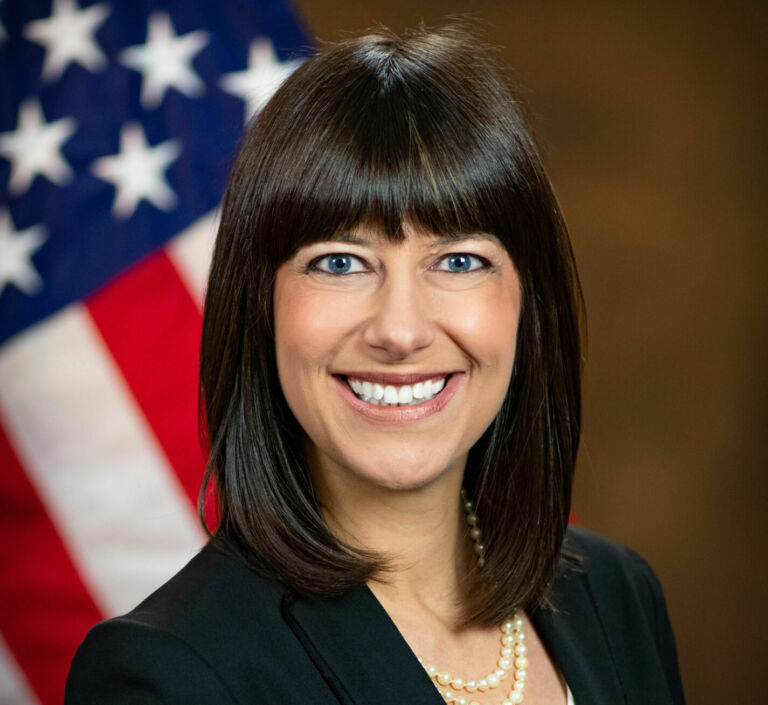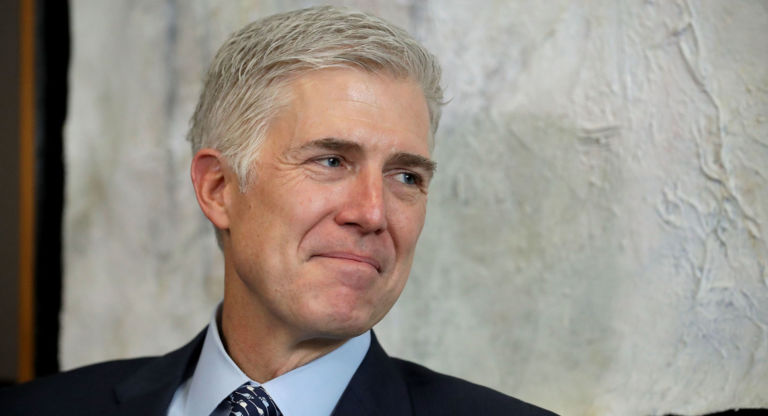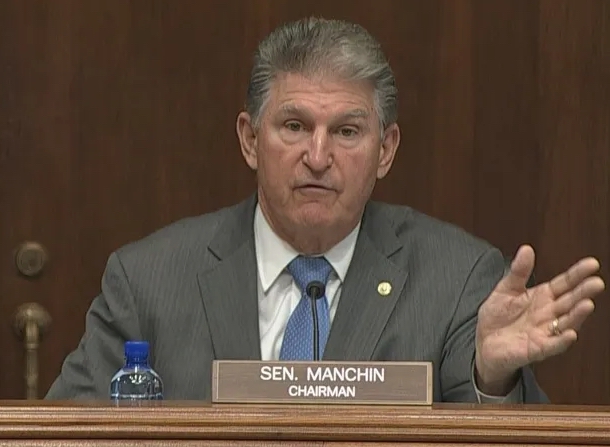This week, the U.S. Supreme Court handed down a decision on partisan gerrymandering in Common Cause v. Rucho. According to Carolina Journal reporter Dan Way’s reporting:
In writing the 5-4 majority opinion for Common Cause v. Rucho, Chief Justice John Roberts said drawing district boundaries inevitably and intentionally includes political consequences. The decision, released Thursday, June 27, upholds the state’s disputed congressional maps and reverses a ruling by the U.S. District Court for the Middle District of North Carolina.
The Court ruled:
“We conclude that partisan gerrymandering claims present political questions beyond the reach of the federal courts,” Roberts wrote. “Federal judges have no license to reallocate political power between the two major political parties, with no plausible grant of authority in the Constitution, and no legal standards to limit and direct their decisions.”
Chief Justice Roberts outlined other potential solutions outside of the courts to deal with this issue. In Way’s story he quotes John Dinan, a constitutional law professor at Wake Forest University:
Roberts outlined other options for relief, including amending state constitutions to limit partisan gerrymanders or creating an independent redistricting commission to take the task away from the legislature, Dinan said.
According to Way, there are efforts currently being taken to do just that:
Some legislatures have crafted state constitutional amendments to limit partisan gerrymandering. Mary Wills Bode, executive director of North Carolinians for Redistricting Reform, hopes to do that in North Carolina.
“We have long said this is a North Carolina issue that requires a North Carolina solution,” Bode said. Her group is behind House Bill 140, a constitutional amendment known as The Fair Act… The legislation would authorize nonpartisan legislative staff to draw voting districts. The maps would go before voters in public hearings, and the House and Senate would vote whether to approve them.
Until then, the maps still stand.
Read the full story here. Learn more about gerrymandering here.


